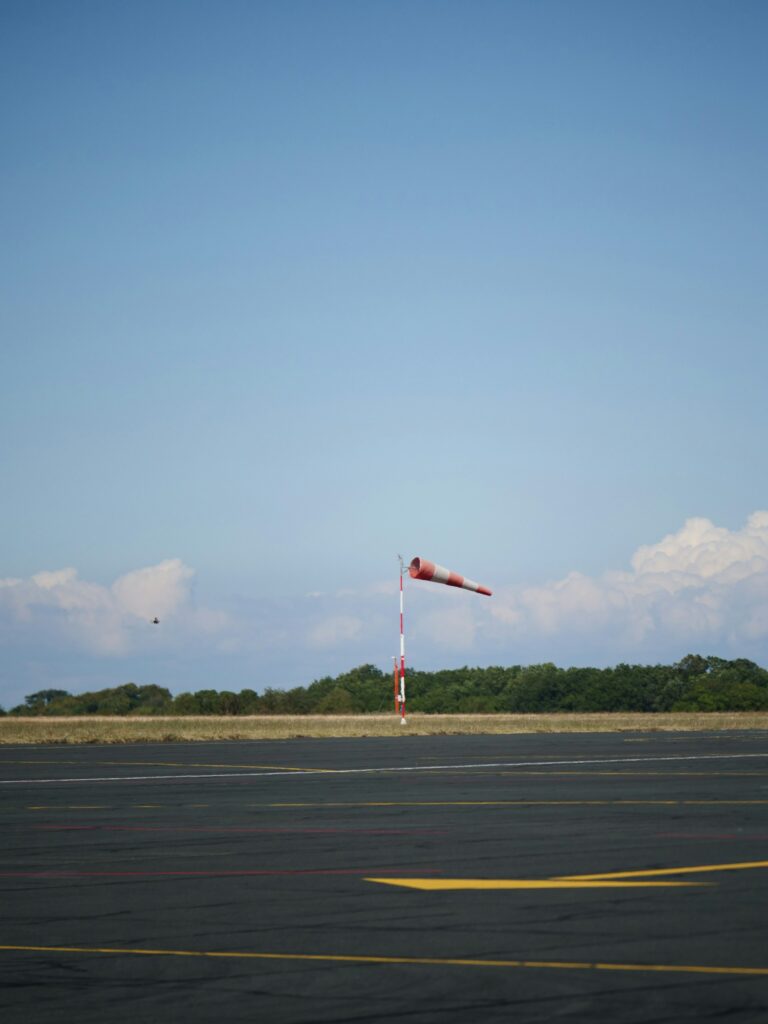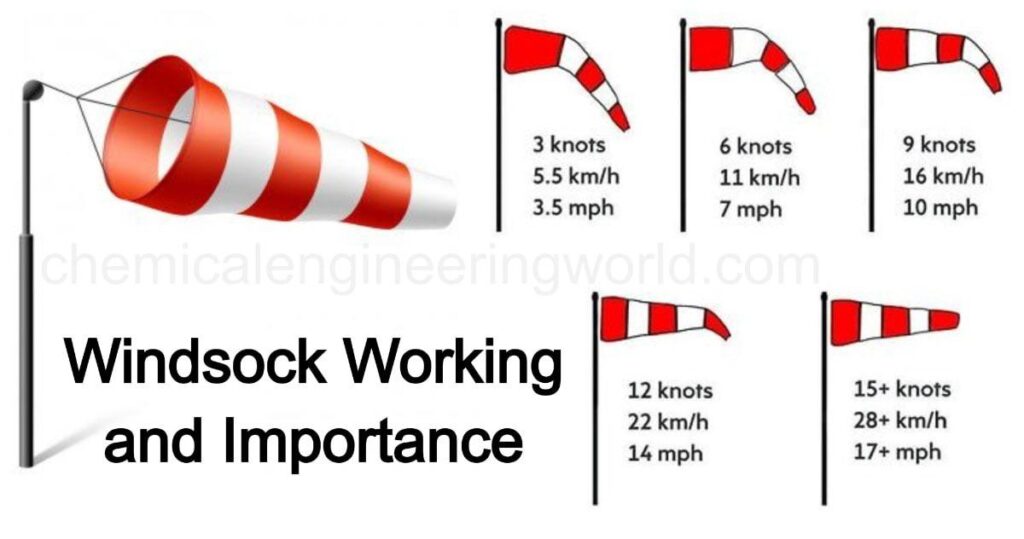
Windsocks: Everything you wanted to know but were afraid to ask about that goofy piece of cloth fluttering in the breeze at your local helipad
The History of Windsocks
Windsocks have a storied history that dates back centuries. Originally, they were used as military signals, with the ancient Greeks and Romans employing similar devices to gauge wind direction for archery and other strategic purposes. The modern windsock, as we know it today, started to take shape in the early 20th century, primarily in aviation. Pilots needed a simple, reliable way to determine wind direction and speed during takeoff and landing. Over time, the use of windsocks expanded and now they've become ubiquitous.
Interpreting Windsocks: A Firefighter's Guide
A windsock's primary function is to indicate wind direction and speed.
- Wind Direction: The windsock points away from the wind. For example, if the wind is coming from the north, the windsock will point south.
- Wind Speed: The angle and inflation of the windsock provide clues about wind speed. A fully extended windsock indicates strong winds, typically around 15 knots (17 mph) or more. If the windsock is hanging limply, the wind speed is low, usually under 3 knots (3.5 mph). Here's a handy guide below to help you interpret the speeds in between:

The Colors of Windsocks: Why Orange and White?
Windsocks are often designed in alternating colors, typically orange and white. Though you'll often see single color wind socks as well. But ever wonder why you see that alternating white and orange pattern? Well, the color choices aren't just for aesthetics; it serves practical purposes:
- Visibility: The bright orange and white stripes increase visibility against various backgrounds, including dense forests, smoke, and open skies.
- Contrast: The alternating colors provide clear visual cues about the windsock’s orientation and movement, making it easier to read from a distance.
Fun Facts About Windsocks
- Symbol of Safety: In some cultures, windsocks are used as symbols of good luck and safety. For instance, in Japan, "koinobori" windsocks shaped like carp are flown during Children's Day to symbolize strength and perseverance.
- Historical Use: The first recorded use of windsocks dates back to ancient China, where they were used as military signals.
- Aerodynamic Design: Windsocks are designed to be highly sensitive to even slight wind changes, providing real-time updates on wind conditions.
And there you have it. Everything you wanted to know about windsocks but were afraid to ask. Did we miss something? Hit us up in the comments below!